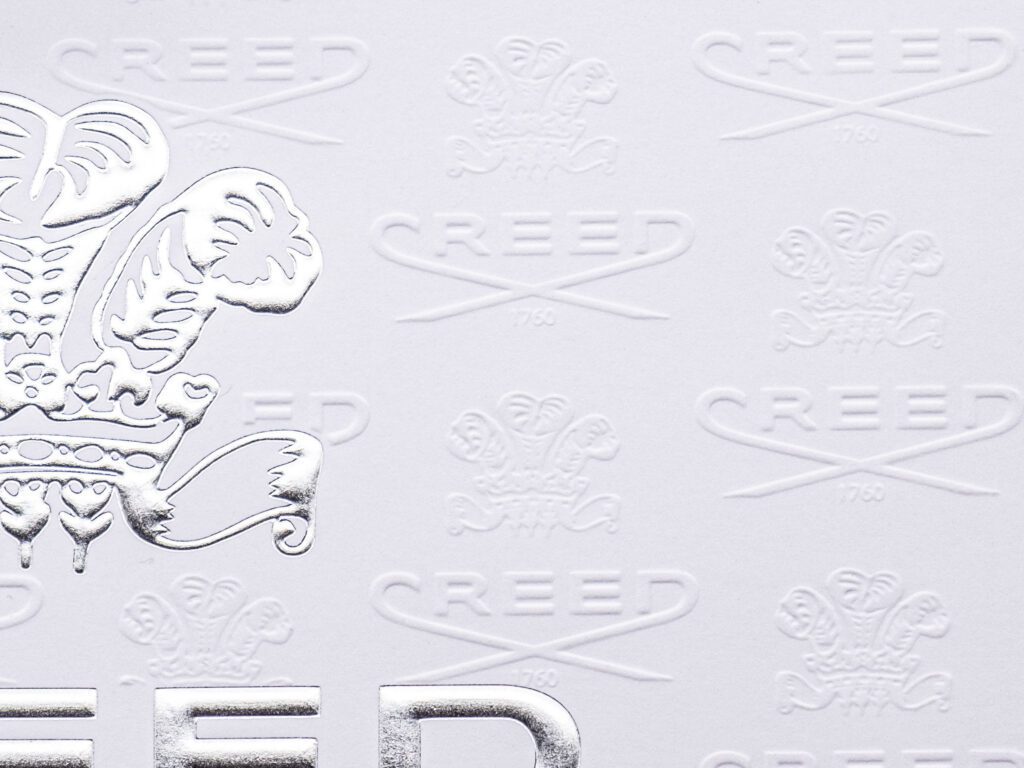Embossing dates back to the 15th Century and is a development of the letterpress printing process.
Whilst letterpress (done correctly) leaves no impression on the back of the paper, embossing or debossing uses a raised printing plate, heat and pressure to create an outline of the image in the paper.
When used in conjunction with a recessed counterforce, the raised embossing die forces the paper into the counterforce creating a crisp contoured image.

Up until the 1970’s it was common for companies to have their own embossing ‘stamp’ as a security feature for business contracts and paperwork.
Nowadays embossing is used as an embellishment to enhance the look and feel of a printed item, most noticeably in stationary, brochure and packaging print.

Embossing is best used on a plain background where the raised image stands out the most.

The term ‘blind embossing’ is used where there is embossing only and no foiling.

Embossing and printing the same image creates a textured 3D effect.
–Article by Reynolds Press